Editorial: The story is written by Ray Kuschert, an Australian citizen, who will spend his 9th Tet holiday in Vietnam.
Families together, happy times, peace, and love. Those are the symbols that define Tet – the Vietnamese Lunar New Year. With traditional Vietnamese culture based on the Lunar calendar, Tet, which normally falls in late January or early February, is akin to Christmas, New Year, and Easter all rolled into one, and it is life changing to experience it for yourself here in Vietnam.
There are a number of calendars used around the world. Most popular in the western world is the Gregorian calendar. Invented by Pope Gregory in 1582, it is based on solar patterns and is the exact same every year, except during quadrennial ‘leap years’ when an extra day is added to keep the calendar aligned with the sun’s movement.
Outside of the west, many cultures follow Lunar calendars, which are based on the phases of the moon and can vary in length from year to year.
This will be my 9th Tet in Vietnam. During the first couple of years, I found myself frustrated during the Tet holiday because I wasn’t able to make money (workplaces typically shut down for the holiday) and I was rather bored for the week. But as I learned about Vietnamese culture and what Tet is all about, I started to understand the wonderful traditions that surround the holiday.
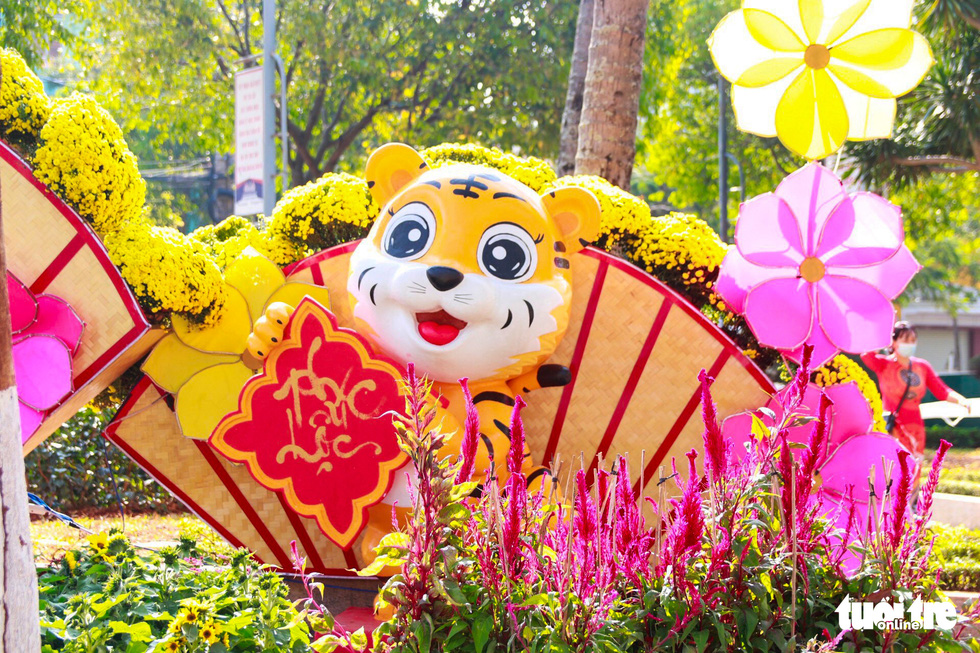
Lucky Money - Most commonly given in a red envelope, giving lucky money or tiền lì xì is a popular tradition during Tet. At its most basic, the tradition involves giving lucky money to younger people, the elderly, or anyone that you respect. Children are especially excited when relatives visit with lucky money in hand. Giving lì xì to children is a symbol of good wishes, happiness, and wealth, for the new year.
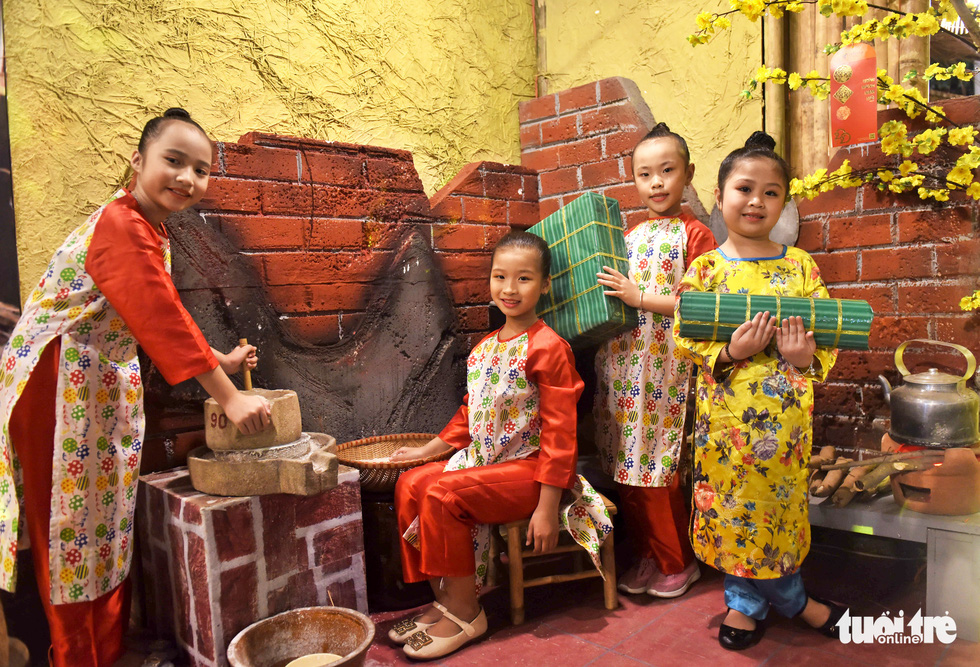
Though lì xì is mostly given to children, some families also mừng tuổi older people with lucky money, meaning that they celebrate or acknowledge their continued health and happiness during the upcoming year.
It is thought that giving lucky money and wishing good health and fortune to those around you brings good luck during the coming year.
The Kitchen Gods – The legend of the Kitchen Gods, or ông Táo, has led people to buy a red or golden carp fish for the Kitchen Gods to ride to heaven where they can “report” things that happened on earth during the past year to the King of Gods. On the 23rd day of the 12th month of the lunar calendar, after praying, people take the fish to the river where they are released so that the Kitchen Gods can ride them away.
There is a tradition that a housewife should prepare a food offering for the Kitchen Gods as they make their way to heaven to report on the family. This is often the first ceremony held to welcome Tet holiday in Vietnam.
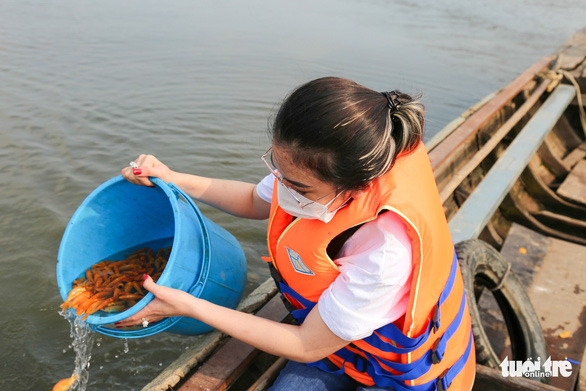
Cleaning the house - It is a very important tradition to clean the house thoroughly before Tet. In the West, we call it “spring cleaning”, but in Vietnam, it has much more spiritual roots. Many believe this practice clears out bad spirits and invites good spirits into the home to facilitate a prosperous new year.
First person to enter the home in the new year - If you find yourself at a home, you may be asked to leave the house before midnight and come back just after the start of the new year. This is because it is believed that the first person to enter a home in the new year will also bring their good or bad spirits along with them. If it is a person who is welcomed and liked, then good spirits will come in with them and reside there for the coming year.
Don’t sweep the floor or put out the trash on the first day - If you are fortunate enough to be invited to a party on the first day of Tet, you may notice that nobody sweeps the floor or takes out the trash. This is another tradition that centers on the idea that if you sweep the floor, you may also sweep all the good spirits out of the home, resulting in a bad year for the family.
Traditional foods - With traditional celebrations comes special food. Bánh chưng is a square-shaped solid, sticky rice dish favored by people in the north. It is made of pork and mung beans tightly wrapped in a leaf called lá dong. You don’t need to eat much of it to feel very full, and it is eaten as part of a main meal or just as a snack offered to guests. Meanwhile, bánh tét is a staple for people in the south during the Tet holiday season. Similar to bánh chưng, bánh tét is also made from sticky rice. However, it has more varied fillings, which may include banana, meats, and beans. It can be either savory or sweet. It is normally wrapped in banana leaves and is formed into a cylindrical.
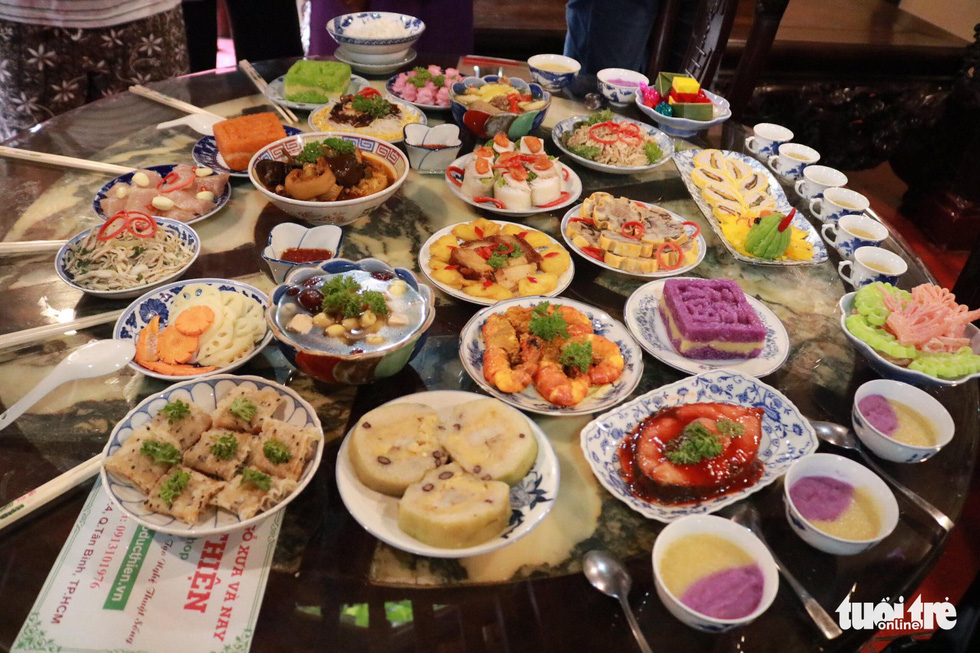
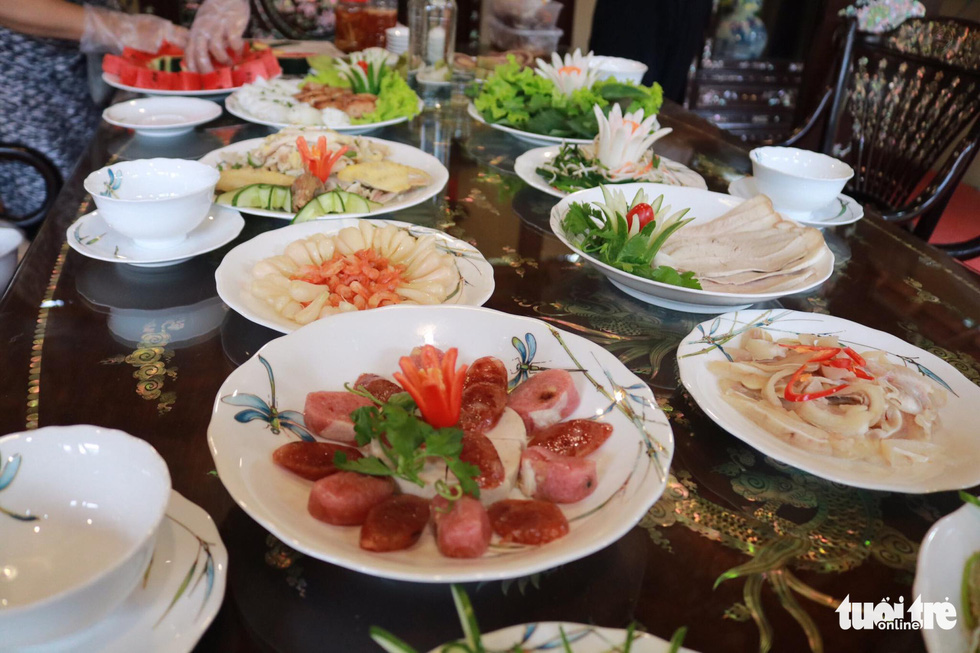
A tray of mứt Tết (sweets and nuts) can be seen in the living room of every Vietnamese family during Tet. Just like a Christmas family visit, people can expect appetizers to nibble on during a house visit. Mứt Tết often contains a range of nuts, candies, and seeds to be eaten with a cup of tea. Whilst the contents are wholly Vietnamese, the presentation and feel of these snacks reminds me of my own Christmas experiences back in my home country.
Drinks - Whilst not a traditional drink during Tet, alcohol is enjoyed in many forms during the holiday. A good bottle of whiskey, local rice wine, or beer is a fixture during the holiday in most homes across the country. One small thing to remember when drinking is the “cheers” process. You will find that “1-2-3 zô” is a popular expression while drinking, typically said dozens of times during celebrations.
A ‘boring’ time for foreigners
It is easy to see why some foreigners find themselves a little frustrated by the onset of Tet. We have experienced the traditional Western Christmas and New Year celebrations and only a few weeks later we find ourselves on holidays. But allowing yourself to sink into the spirit of the season brings great pleasure and a happy experience that is unique to Vietnamese culture.
Tet has touched my heart in so many ways. Vietnam is a place of such kindness at Tet and, in past years, I have experienced so much hospitality and food that my heart will forever be full of beautiful memories.
The COVID-19 situation has brought a big change to the flavor and feeling of Tet. Smaller groups and less visiting of old friends and family is a requirement nowadays, but it won’t stay that way forever. The amazing community connection and spirit of Tet has not died, it is just laying low until the end of the pandemic.
I don’t think now is the time for a cross-country adventure, so I will once again choose to have a quiet, somewhat isolated Tet. I plan to visit my in-laws in the southern province of Binh Duong and celebrate Tet with them. If you are lucky enough to have family in Vietnam, make sure you find some time to see them and bring five or six red envelopes of lucky money along with you, just in case someone you visit has children at home.
Those who hate city traffic might see Tet as great time to experience the city whilst it’s quiet. It is also a photographers’ delight thanks to the near empty streets.
Long-term expats have learned to use Tet as a time to stay home and enjoy the simpler things in life. Many western bars remain open; local parks are easier to use, and local streets are generally less crowded, so a walk around the neighborhood is often a nice experience.
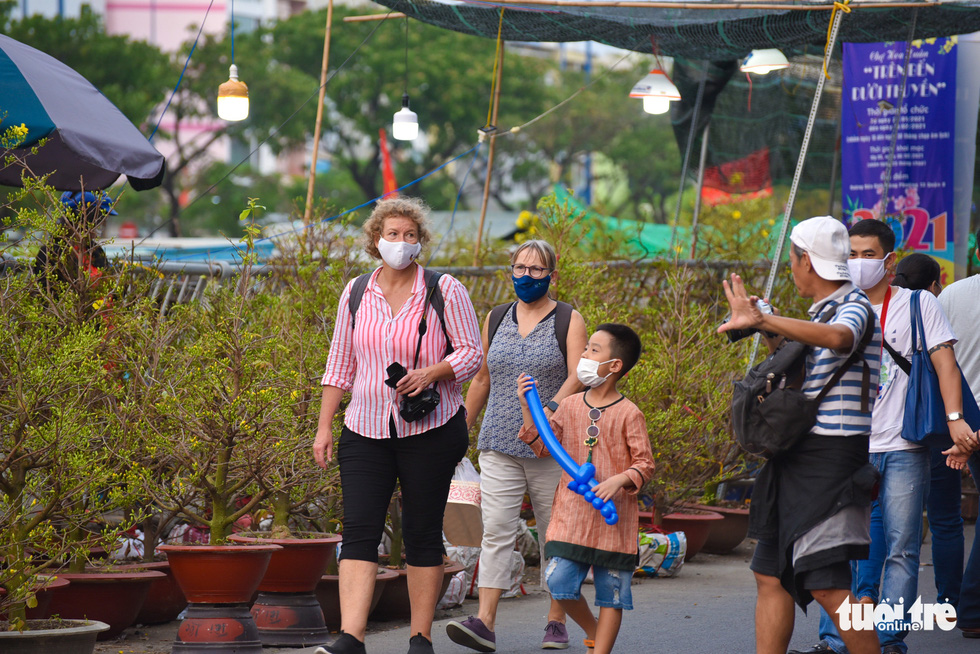
Local tour companies may have day tours (provided it’s safe), but maybe not on the first two days of Tet. Contact your local tour agent to find out what is available. Bicycle companies may also run day tours that take you to the countryside to do a 40to 60km ride, then return the same day. They really are a lot of fun.
Be safe and be aware of the rules of this Tet because of COVID-19. We all look forward to a very prosperous and happy Year of the Tiger. Chuc Mung Nam Moi to you all!
Like us on Facebook or follow us on Twitter to get the latest news about Vietnam!






















